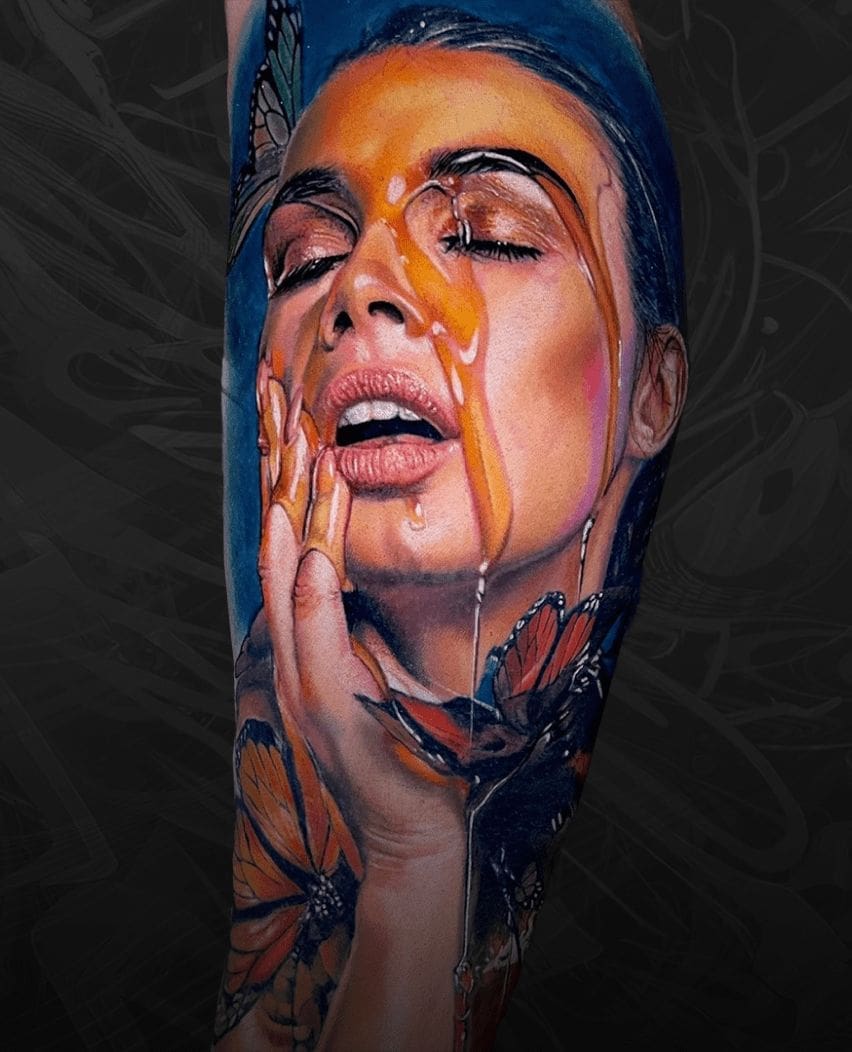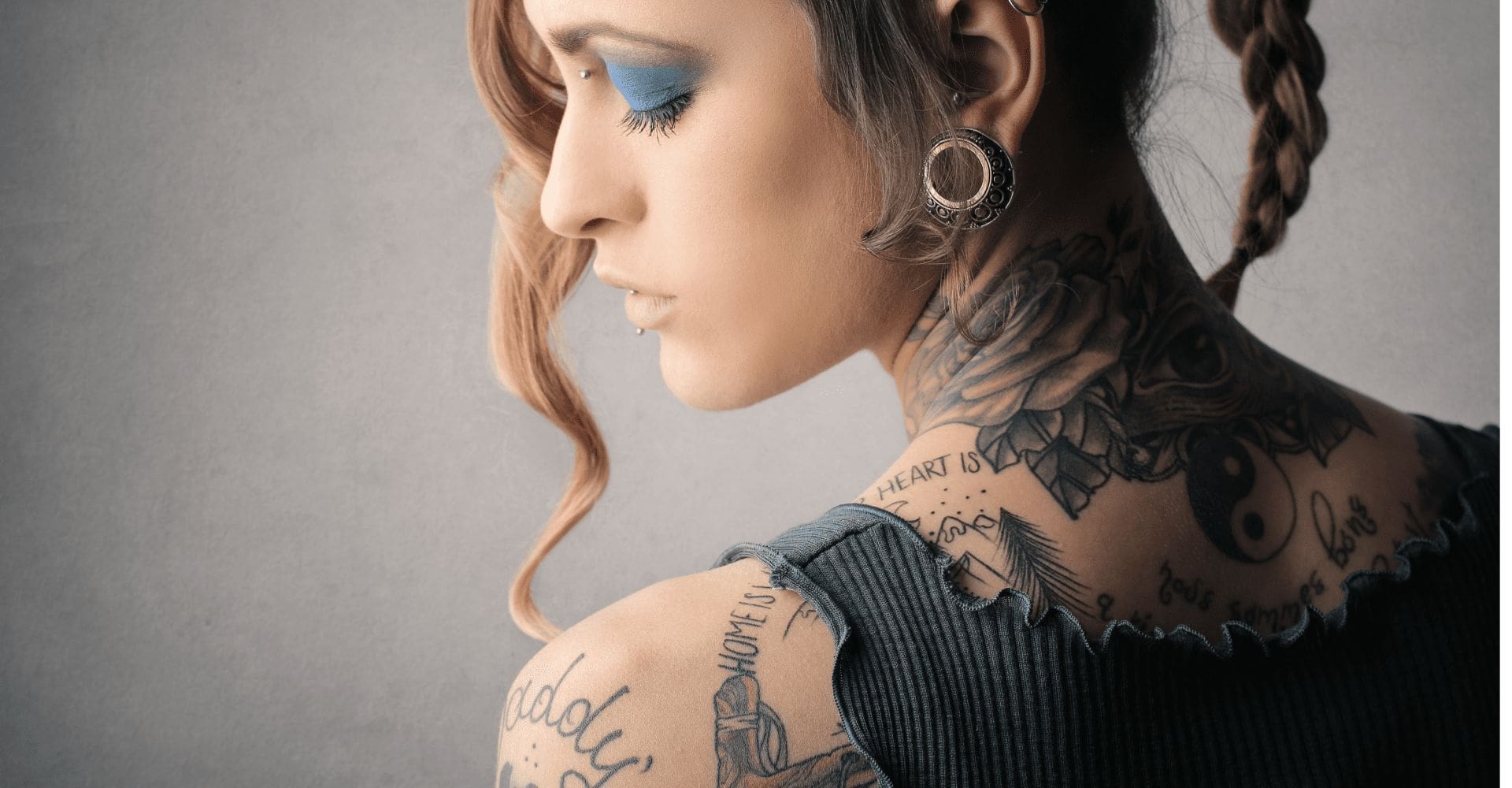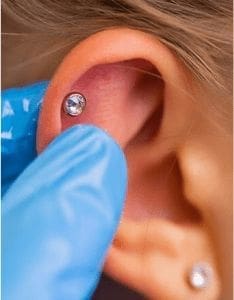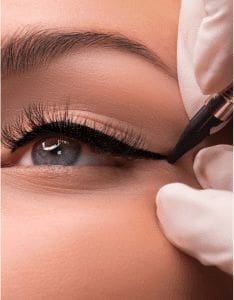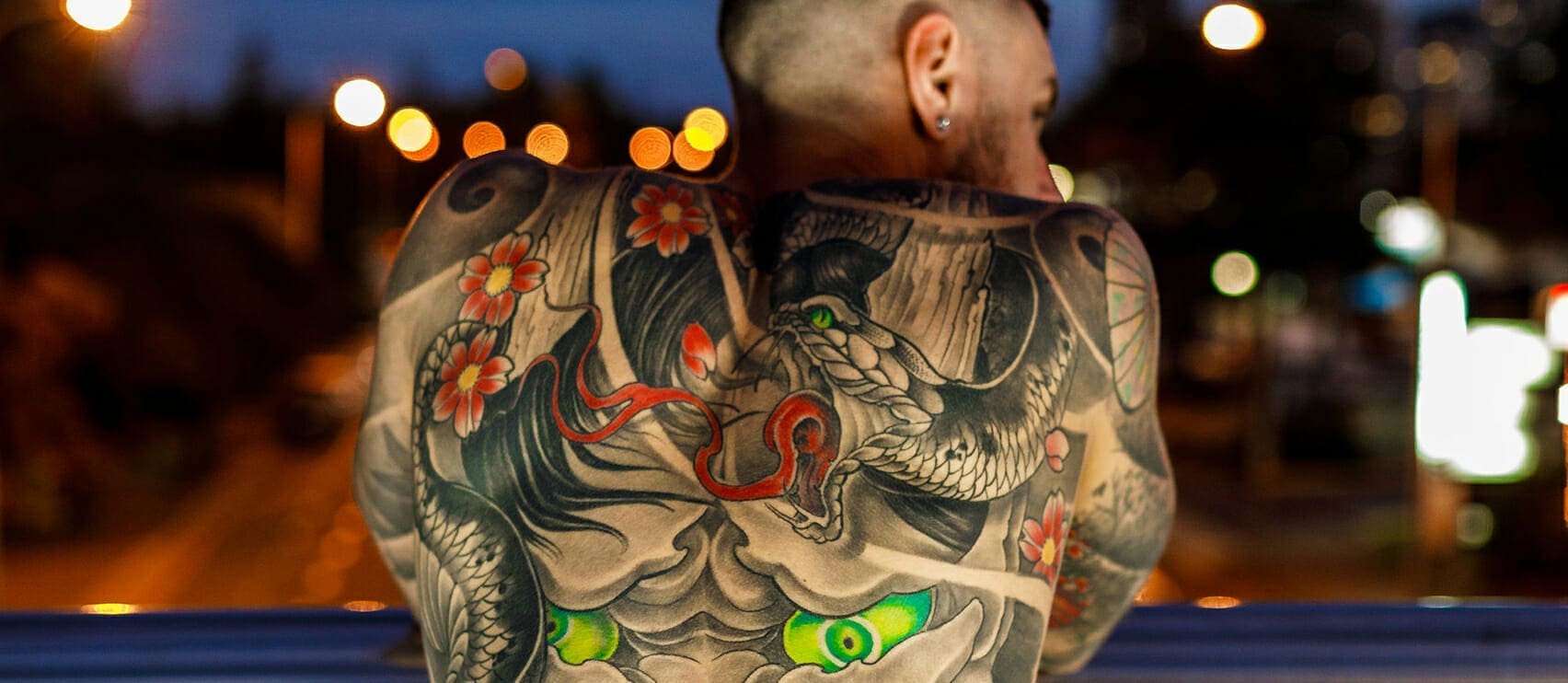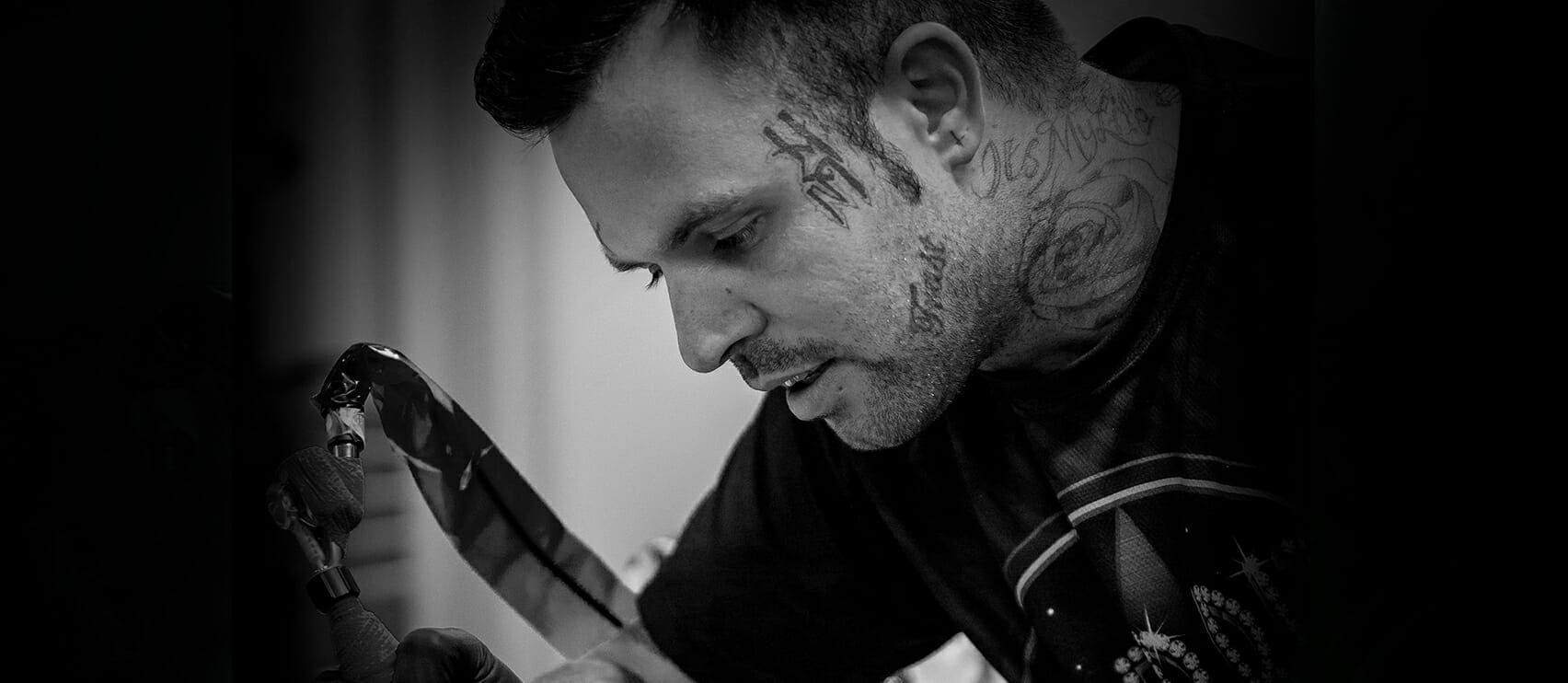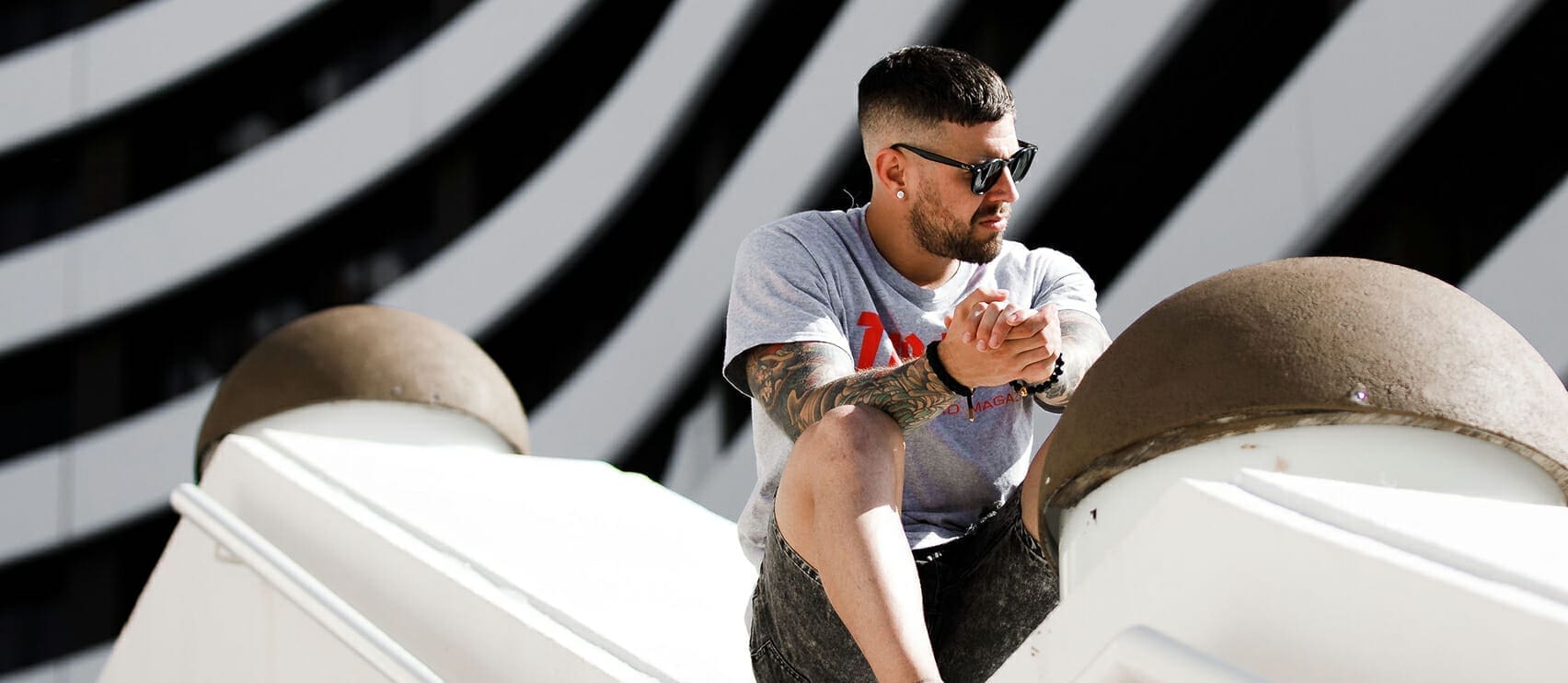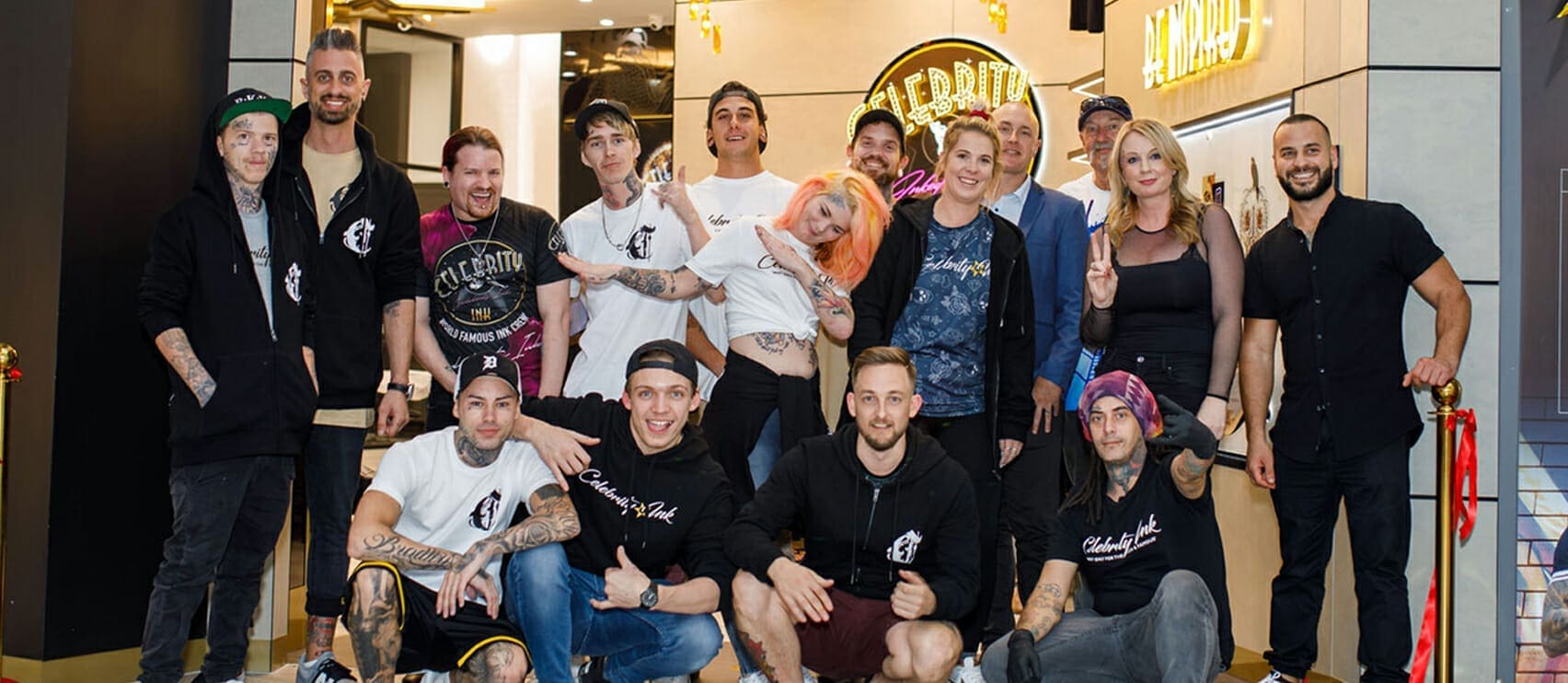Tattoos are permanent works of body art, so it makes sense that not just any old ink will do. But how many people ask what’s actually in the ink before they get a tattoo? Most of us rightfully spend a lot of time choosing the perfect design and the right tattoo artist to draw it. But when it comes to what’s going into our skin, we trust the artist knows what they’re doing. If you’re wondering what tattoo ink is made from, you’re in the right place.
Tattoos have been around for over 12,000 years, and ink ingredients have changed a lot over the centuries. Materials such as soot, charcoal and bone char were commonly used across ancient cultures, while the first prototype of modern tattoo ink appeared in 1950.
With the number of tattooed Australians at a record high of 25% and many Australians prioritising healthier lifestyles and choices, it’s fair enough to be curious about what goes into the inks that create such beautiful body art. In this article, Celebrity Ink sorts the facts from the myths and answers some common questions.
What Do Tattoo Inks Consist Of?
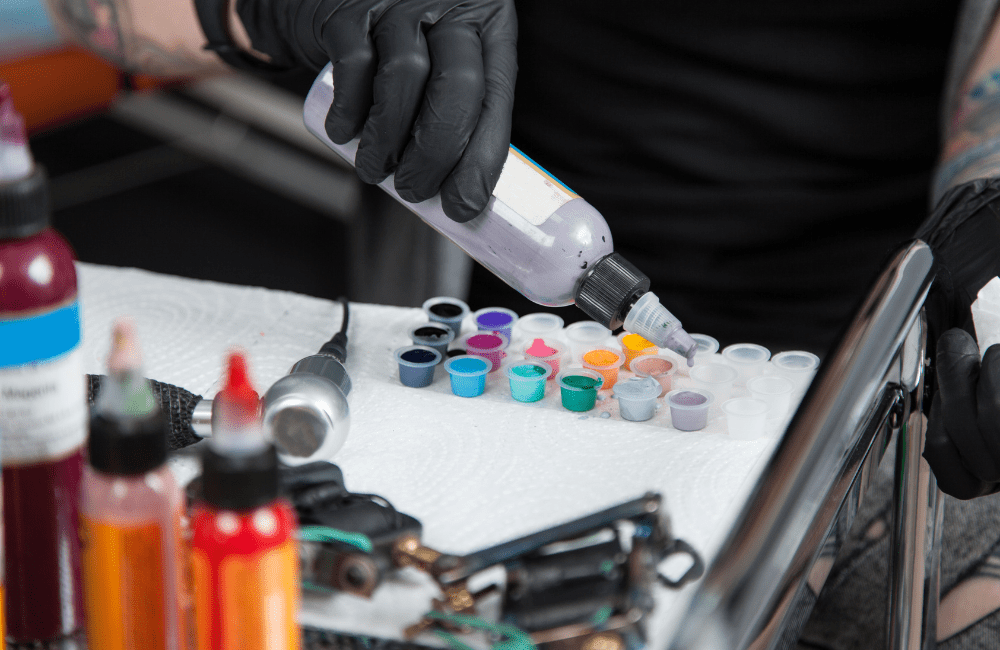

Tattoo ink is a combination of chemicals, including one or more colouring agents, applied to the dermal layer of the skin to colour it. Consisting of different pigments, resins, and dyes, tattoo inks are usually made to be permanent or, in the case of semi-permanent and cosmetic tattoos, to fade over time.
In Australia, tattoo ink is made from ingredients like water, glycerol, witch hazel, and preservatives. The colourants in tattoo ink include pigments and dyes, and ink may use several different colourants to achieve a particular colour. They can also contain chemicals such as copper, barium, mercury, and amines. Artists often have their favourite types of ink, and what goes into tattoo ink can differ from studio to studio.
Are Tattoo Inks Safe?
In Australia, all tattoo inks, both manufactured and imported, must be registered with the Australian Industrial Chemical Introductions Scheme (AICIS). The individual ingredients in tattoo pigment also need to be checked to see if they’re listed on the Australian Inventory of Chemical Substances (AICS) and to ensure they comply with the Poisons Standard.
Tattoo inks are quite strictly regulated in Australia, making it relatively safe to get a tattoo. The Therapeutic Goods Administration (TGA) ensures that tattoo inks do not contain harmful substances like certain azo dyes, PAHs, and heavy metals such as mercury and arsenic. Tattoo studios in Australia are also required to meet stringent hygiene standards, adding an extra layer of safety for clients. Plus, tattoo artists are typically well-trained in safe tattooing practices.
This means that if you're considering getting a tattoo in Australia, you're likely in safe hands. However, it's still important to choose a licensed and reputable studio. The regulations and oversight provided by the TGA help maintain high safety standards in the industry, giving you peace of mind when getting your tattoo.
What Has Historically Been Used In Tattoo Inks?


The first tattoo ink was black, and it was usually created with charcoal and soot. In 1991, Ötzi the Iceman, the world’s oldest tattooed human being, was discovered in the Tyrolean Alps. His tattoos were hand-poked and most likely drawn with bone or copper. As tattoos evolved over time, different minerals (along with plants and animal parts) were used to create colour. Some common examples are ochre for brown, cinnabar and cadmium for red, and copper salts for green and blue.
Many scholars believe the ancient Egyptians were the first culture to mark the skin permanently, and their tattoos were made with soot mixed with breastmilk. The Roman scholar Aetius recorded a recipe for ink in his journals, which was made from Egyptian pine bark, corroded bronze, vinegar, and insect larvae. Celtic and Pict warriors used a flowering plant called Woad, while the Japanese in the Edo period used pine branches and bone glue.
The first modern tattoo ink, developed by Milton Zeis in 1950, used lead-based pigments in powder form mixed with distilled water.
Are Tattoo Inks Vegan?
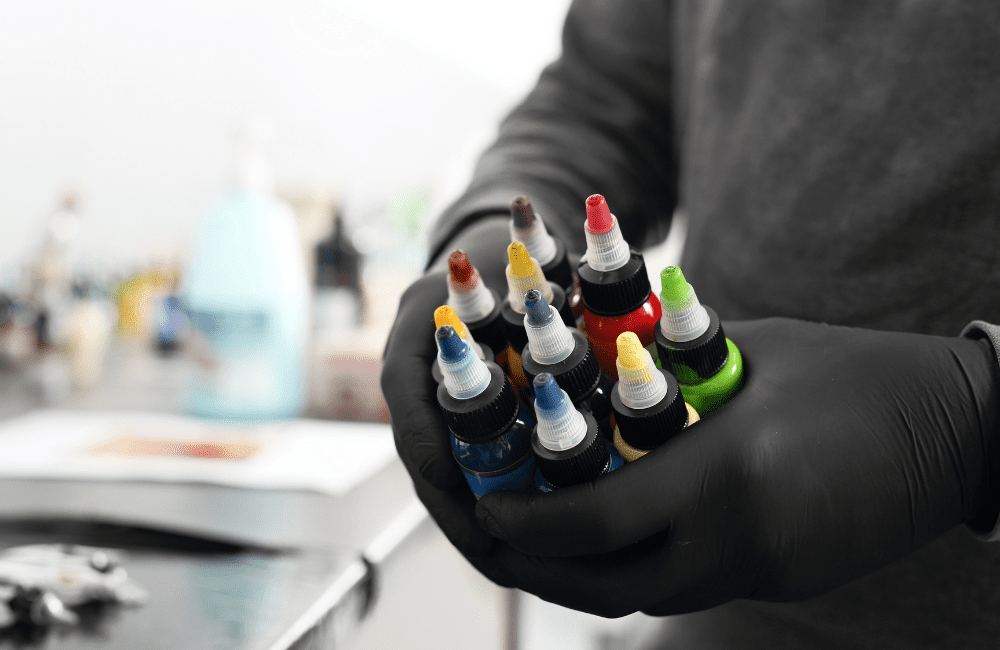

While there are many excellent vegan tattoo inks on the market, you can never assume the ink in your new tattoo is free from animal products. Glycerine from animal fats is frequently used as a stabiliser. Gelatine is another common ingredient, and bone char provides black inks for extra dark pigment. Potential animal derivatives are also sometimes present throughout the tattoo process and in some aftercare products.
But don’t worry: it’s possible to maintain your vegan lifestyle and still get the perfect tattoo. Celebrity Ink offers vegan-friendly ink ingredients that aren’t tested on animals and don’t contain animal products or by-products. Plus, we recommend using Supreme Creme Tattoo Aftercare cream, which is 100% natural, cruelty-free, and vegan-friendly.
If you’re committed to living vegan, chat with Celebrity Ink when you book your discovery session, and we’ll be happy to accommodate your needs.
Get Inked At Celebrity Ink
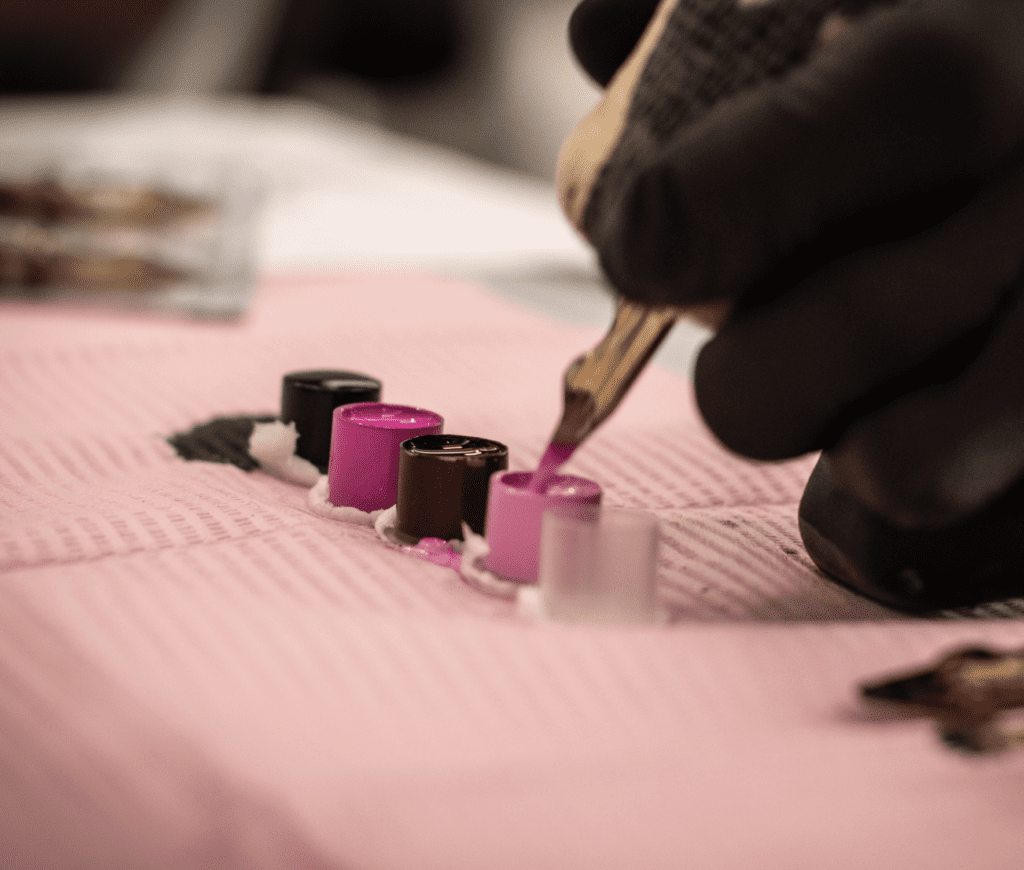

With seemingly endless tattooing options out there, it can be hard to know whether or not a studio provides safe, hygienic tattoos free from harmful ingredients. Celebrity Ink is heavily regulated, and we wouldn’t have it any other way! We take pride in the inks and other equipment we use in our studios, and we only use the safest possible ink of the highest quality.
With more than 25 studios worldwide, Celebrity Ink is the largest tattoo brand in Asia-Pacific. We specialise in various tattoo styles, including traditional tattoos, realism, Japanese, etc. You can walk into any of our studios and have the same premium experience.
Your options are endless, so take a look at our tattoo ideas and designs to get a sense of our style and what kind of tattoos we can create for you. If you have a vision for the perfect tattoo in mind and want to know how Celebrity Ink can bring it to life, book a personal consultation with a member of our Ink Crew.




